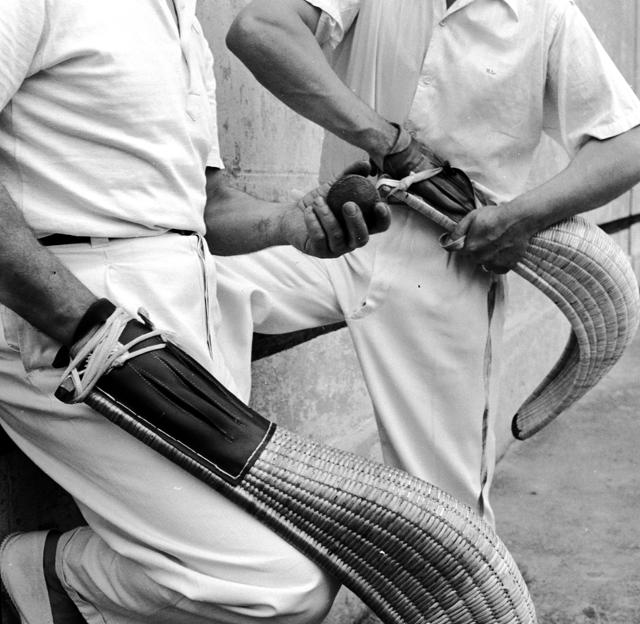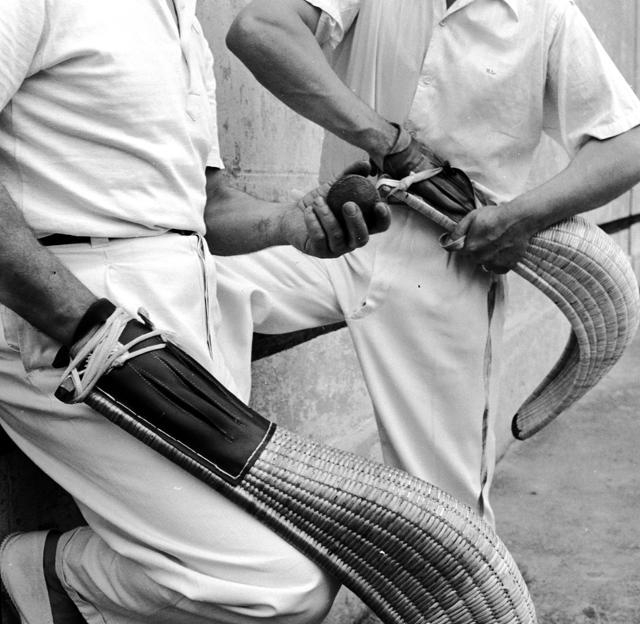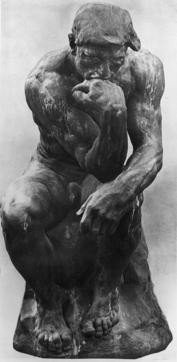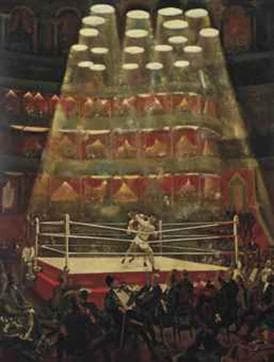The weird ‘sports’ that aren’t part of the Olympics anymore
Though bona fide sport events today need to prove themselves to be spectator-friendly before inclusion, The Greatest Show on Earth has had a lenient past and a fair share of misses. HT takes a look at some of the wackiest events to have taken place at Olympic Games.
Though bona fide sport events today need to prove themselves to be spectator-friendly before inclusion, The Greatest Show on Earth has had a lenient past and a fair share of misses. HT takes a look at some of the wackiest events to have taken place at Olympic Games.

Live pigeon shooting
You know a sport is really something when it is described as “very aristrocatic” in the official Games report.
An event which would send animal rights activists into fits of rage today, live pigeon shooting made its first and only (thankfully) appearance at the Paris Games in 1900. Competitors shot birds, released 27 meters in front of them, and were eliminated upon missing two.
The mess of carcasses, blood and feathers left the Cercle du Bois de Boulogne resembling Gettysburg, and the IOC scandalised enough to barely acknowledge the event. The winner Leon de Lunden of Belgium -- who shot down 21 of the 300 birds – decided to share the prize money, and the guilt, with the three runners-up/partners-in-crime. Below is the exclusive footage from the live pigeon shooting event at Paris, 1900
Obstacle course swimming and underwater swimming
The Games were in the early years of their revival, and maybe it was the new millennium, but organisers went all out for the Paris edition.
Two new aquatic events were introduced. A swimming obstacle race and an underwater race. The former saw competitors climb over a pole, scramble over a row of boats and swim under another row of boats. The latter pretty much self explanatory, an underwater race over a maximum distance of 60m, where competitors were awarded two points for each meter swum underwater, and one for each second that they stayed under water.
To make matters worse (or better?) there were no swimming pools in France large enough, and the events had to be held in the unruly Seine River, which was also the outlet to the city’s sewer system outflow.
With waterproof camera still more than 60 years away, underwater racing essentially meant an audience anxiously staring at a river for a few minutes. While they did not make for great viewing at the time, folks at Wipeout and the Fear Factor sure did take the cue.
Pelota
Time to conclude the 1900 Paris Games trilogy, and there’s more than one option to choose from!
There was long jump and high jump for horses, and standing high jump for humans. The tranquil sport of croquet and the ever-so-manly tug of war. But let’s go with the one which would make watching paint dry a blast -- Pelota.

You know a sport is vaguely dull when its name literally translates to ‘ball.’ Pelota was a glorified game of catch, with two competitors with a bat on each side of the wall, throwing a ball back and forth until one missed it. It was also a traditional Basque game, meaning it was popular in France and Spain. Understandably then, on the day of the event only two teams showed up -- France and Spain. A single game was played and the score remains unknown. Spain won gold, France got silver and the handful in attendance were left dealing with an existential crisis.
Plunge for distance diving
A backyard pool pastime adapted to the greatest international sporting stage. What could go wrong?
The event required athletes to dive into the pool off a platform and coast underwater motionless. The leaps were measured after either 60 seconds had passed or until their heads had broken the surface. Basically, the long jump. With the prospect of drowning.
Nobody drowned though. At least not at the 1904 Games in St Louis, Missouri. American William Dickey won the gold medal with a covered distance of 62 feet and 6 inches.
Art competitions
Medals for achievement in art competitions (architecture, literature, music, painting, and sculpture) were first awarded at the 1912 Stockholm Games and continued until London 1948. The works had to be original and inspired by sport. There remained, however, the one question that has perplexed intellectuals since the beginning of time. How to judge art?

The judging was so subjective that on occasions no medals were handed at all.
The competition came with its own benefits though. At the Amsterdam Games in 1928, Dutchman Jan Wils won the gold medal in architecture… for designing the damn Olympic Stadium!

Since 1952, a non-competitive art and cultural festival has been associated with each edition of the Games. The events and the medals are no longer regarded as official by the IOC.
Though four years ago at 2012 Olympics, a bright mind did try to revive the art competition.
Then-London mayor Boris fudgin’ Johnson!
The IOC was not enthusiastic and Boris turned his attention to another campaign. One which would prove to be remarkably more successful.






